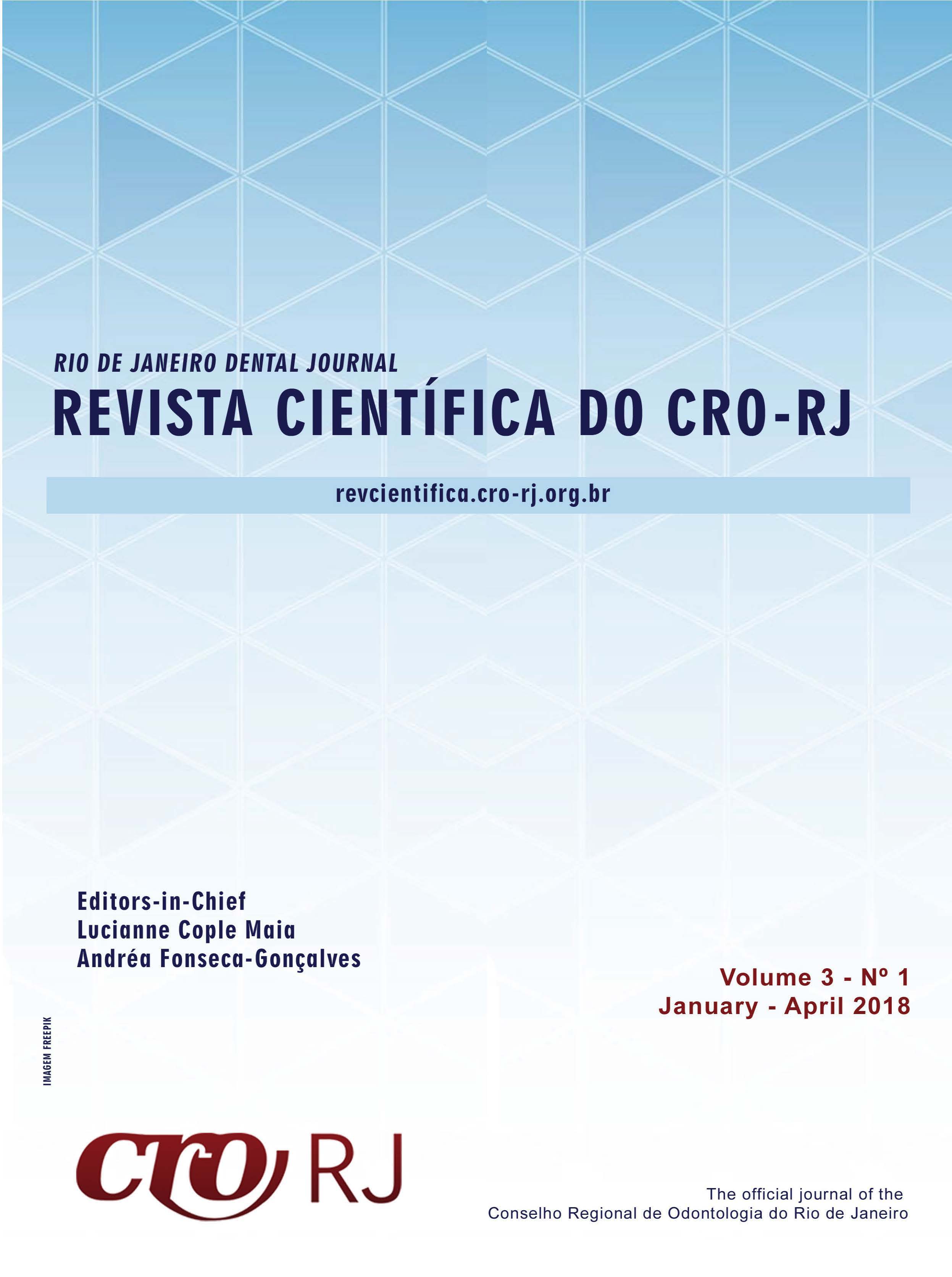Prevalence of self-reported awake and sleep bruxism among dental students
Keywords:
Bruxism, Epidemiology, Sleep, Undergraduate studentsAbstract
Objective: The aim of this study was to evaluate the prevalence of self-reported awake and sleep bruxism among Brazilian dental students.
Methodology: A cross-sectional study was carried 153 students of a Brazilian Dental School. The students, who accepted to participate, answered a questionnaire with open-ended and closed-ended questions, through which the following information was collected: gender, age, place of living, paid work (extracurricular activities), nocturnal paid work, number of hours of sleep per night, time to fall asleep, quality of sleep, if the participant sleeps with a bedroom partner, if participant is not quiet on bed while sleeping and intake of sleep medication. Information on intake of energy drink, if participant wake up overnight, if participant wake up tired and it has been difficult to concentrate on daily activities was also collected. The diagnosis of awake bruxism and sleep bruxism was based on self-report. Descriptive analysis was carried out.
Results: Participants' mean age was 21 years (±3.25). Most students were female (73%). The prevalence of self-reported awake bruxism was 36.8% and sleep bruxism was 11.3%. Most participants rated their sleep quality as good (57.2%). However, 52.6% reported that they woke up feeling tired and 51.3% had difficulty of concentration on daily activities. The use of sleeping pills was reported by 5.9%, and 10.5% reported that they had used energy drinks and/or pills to stay awake at least once within the last 30 days.
Conclusion: The prevalence of self-reported awake bruxism was greater than sleep bruxism among Brazilian dental students.
Downloads
Published
How to Cite
Issue
Section
License
Copyright (c) 2018 Revista Científica do CRO-RJ (Rio de Janeiro Dental Journal)

This work is licensed under a Creative Commons Attribution-NonCommercial-NoDerivatives 4.0 International License.


